Have you ever considered enhancing your facial contours for a more youthful and vibrant appearance? Perhaps you’ve noticed a loss of volume in your cheeks or simply desire a more defined look. At Skinly Aesthetics in NYC, Dr. Schwarzburg offers top-tier cheek filler injections designed to elevate your natural beauty with minimal interruption to your daily routine. Known for his precision and personalized approach, Dr. Schwarzburg has helped countless clients, from celebrities to everyday New Yorkers, achieve stunning results.
Book Now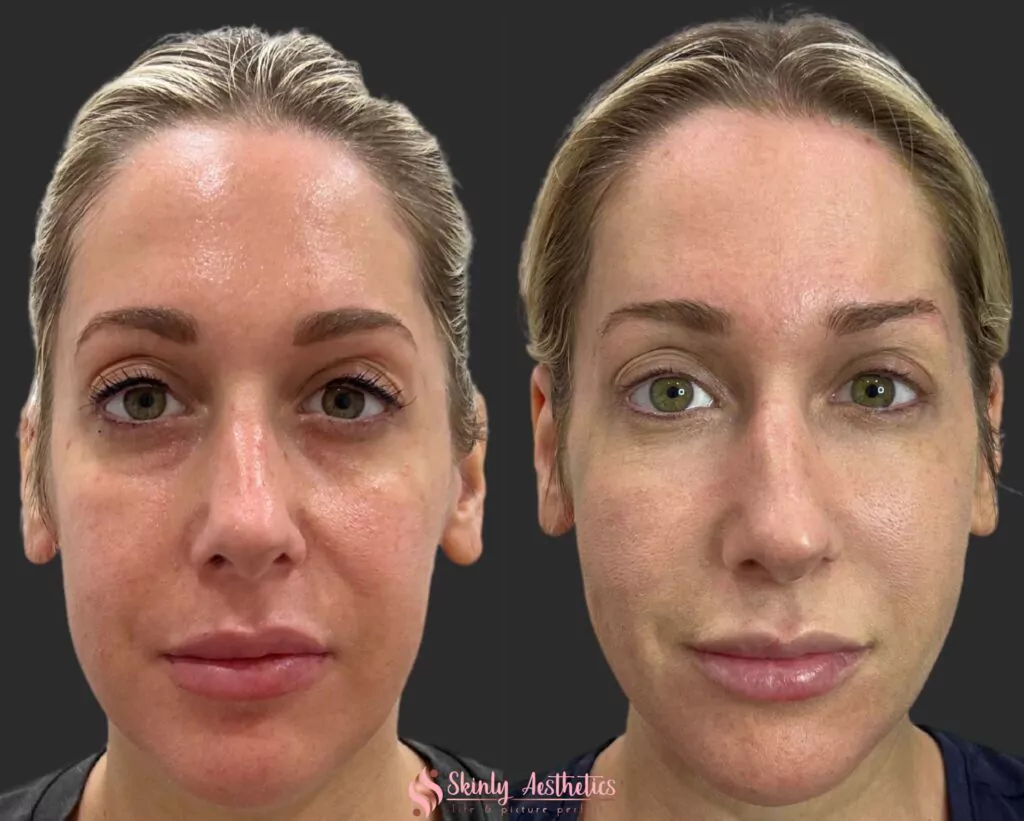
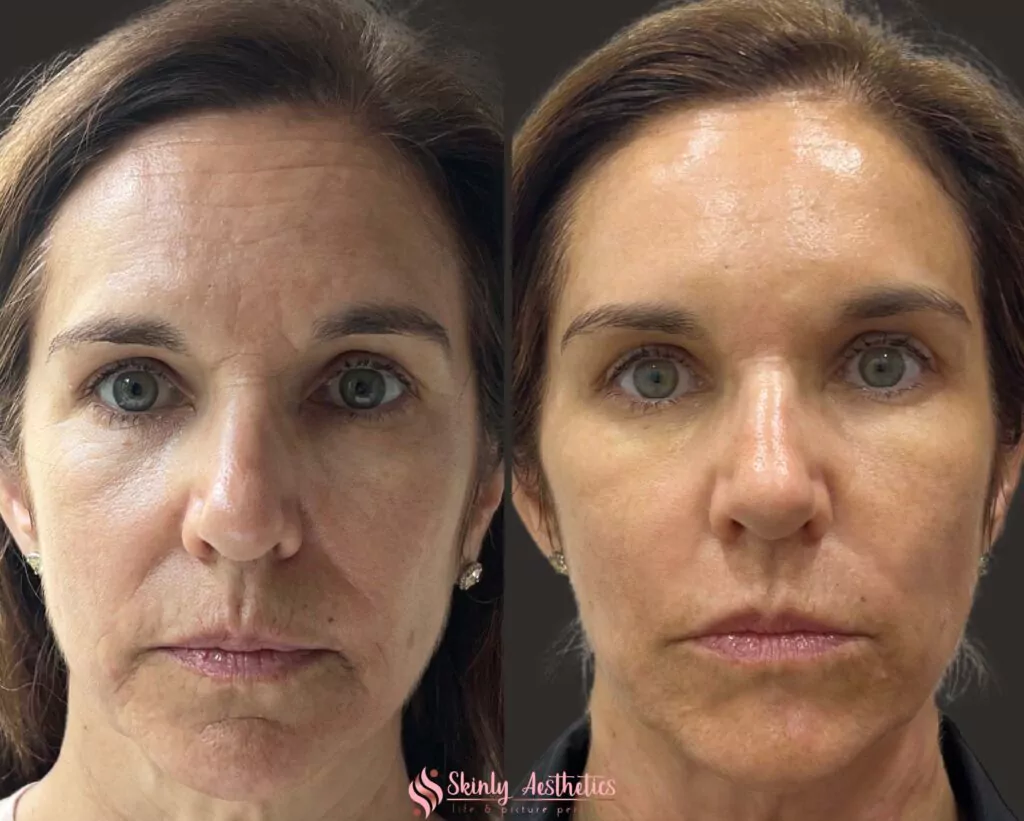
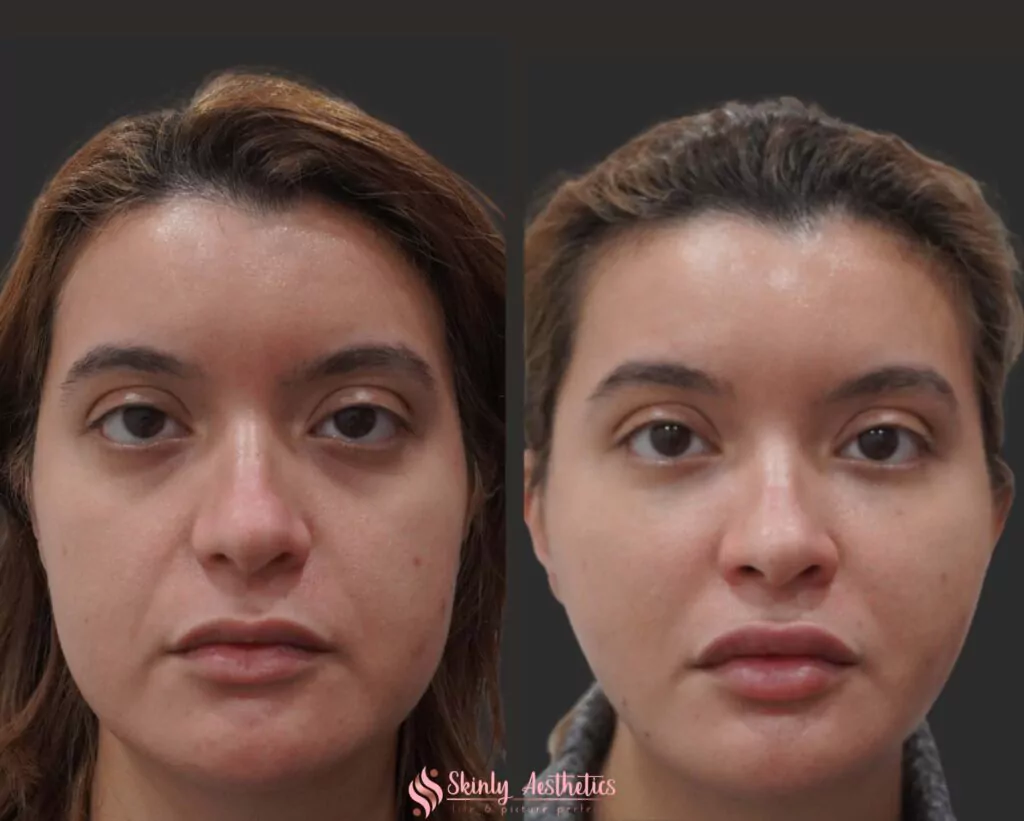
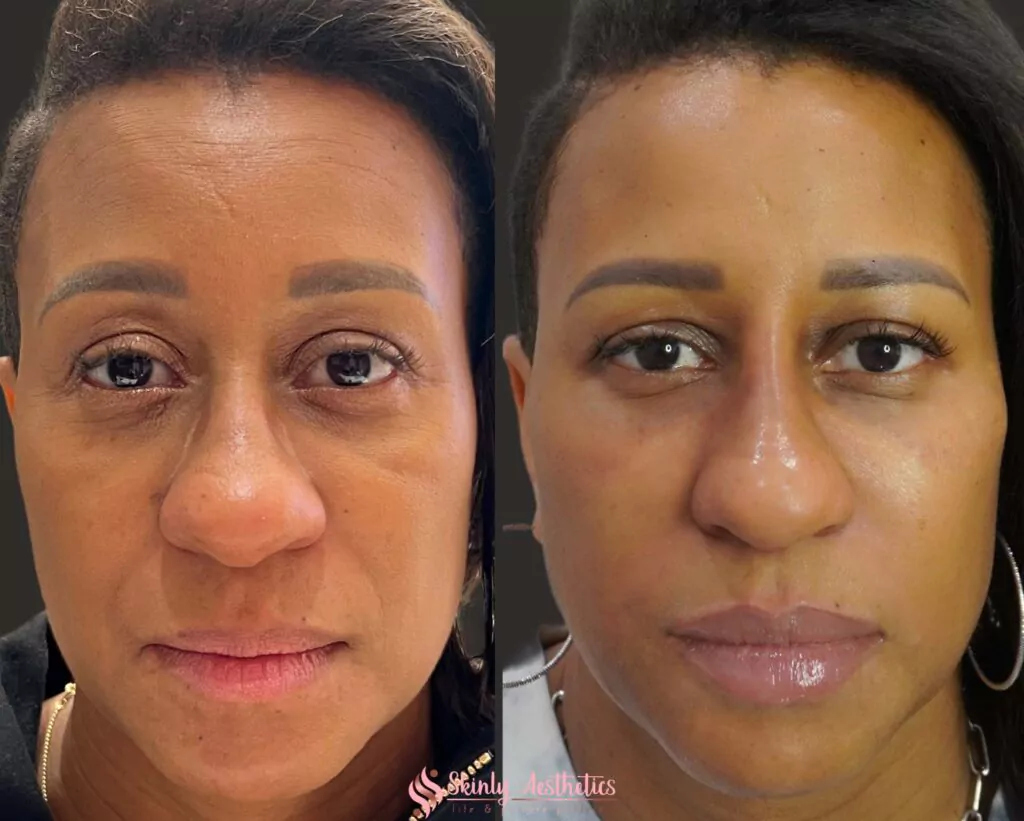
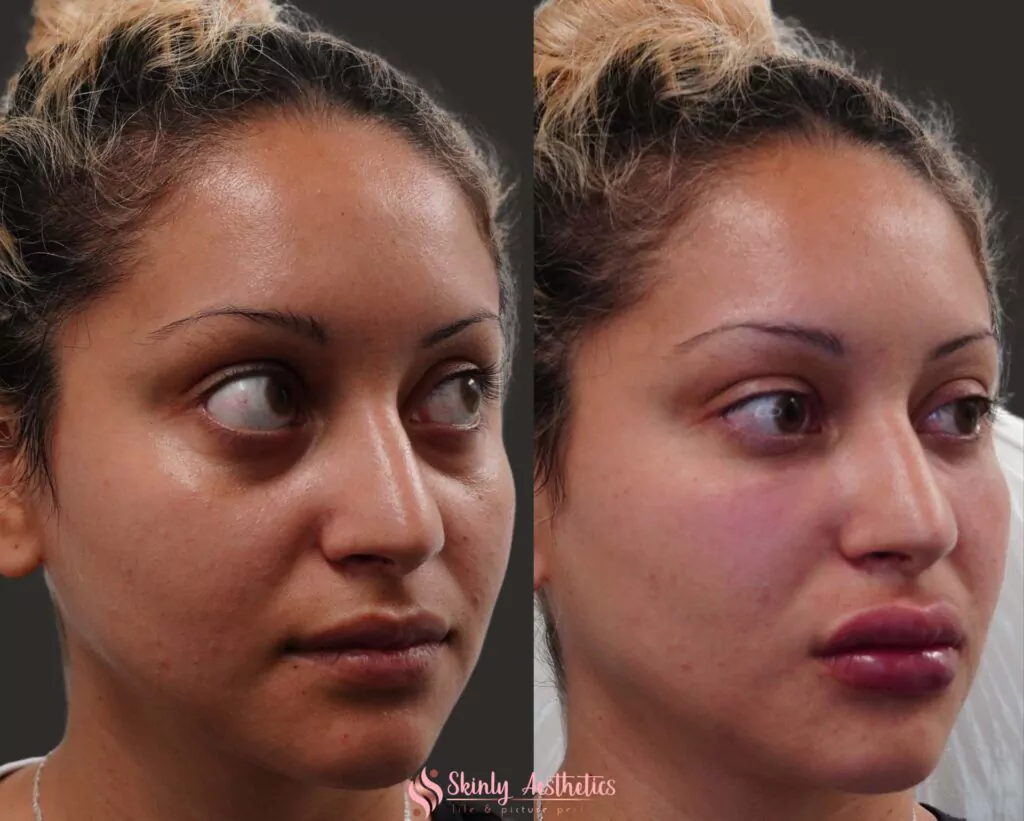
Frequently Asked Questions
Why Cheeks Loose Structure and Definition?
Genetics play a significant role in the structure of your cheeks, including the prominence of your cheekbones and the distribution of fat and muscle. Some people naturally have less defined cheeks due to their genetic makeup.
Aging also contributes to less defined cheeks as facial fat is lost and the skin loses elasticity and collagen, leading to a decrease in volume and firmness. And finally, lifestyle factors, like weight fluctuations, can detract from overall facial definition due to facial fat loss.
How Do Cheek Fillers Work?
Cheek fillers involve injecting a hyaluronic acid-based gel filler into targeted areas of the cheeks. This substance attracts water molecules, augmenting and plumping the cheekbones to restore lost volume and contour the face. The filler naturally dissipates over 9-18 months as the body slowly breaks down the cross-linked hyaluronic acid, providing a temporary yet effective solution for enhancing facial aesthetics.
Am I a Good Candidate for Cheek Fillers?
Cheek fillers are ideal for healthy adults seeking to enhance their facial symmetry and achieve a more balanced appearance. They are particularly beneficial for individuals looking to emphasize high cheekbones, correct asymmetries, or restore volume lost due to aging or weight fluctuations.
What Are Common Areas for Cheek Filler Application?
Cheek fillers are typically applied to the midface region to lift and volumize the cheekbones, enhance facial contours, and improve overall symmetry.
When Should I Avoid Cheek Fillers?
Avoid cheek fillers if you have:
- Known allergies to the filler substance
- Autoimmune disorders
- Active skin infections in the treatment area
- Bleeding disorders
- Recently undergone facial surgery or cosmetic procedures in the cheek area
How Do I Prepare for Cheek Fillers?
Schedule your appointment at least a week before social events to allow any potential bruising or swelling to resolve. Minimize the risk of bruising by avoiding blood thinners and alcohol 1-2 days before treatment. If pain-sensitive, take 2 Tylenol pills 30 minutes before your procedure.
What Is the Treatment Process?
The cheek filler treatment at Skinly Aesthetics begins with a personalized consultation where Dr. Schwarzburg tailors a treatment plan to your aesthetic goals. Your cheeks are then cleansed, and numbing cream is applied for comfort. Using advanced injection techniques and a deep understanding of facial anatomy, Dr. Schwarzburg carefully injects the selected dermal fillers into the malar or zygomatic regions, ensuring precise placement for natural-looking enhancement. Post-treatment care involves icing the area to reduce swelling and avoiding high-intensity activities to promote optimal healing.
How Long Does the Treatment Take?
The treatment typically spans 30 to 45 minutes, depending on the number of syringes used and the complexity of your anatomy.
What Is Aftercare Following Cheek Fillers?
For the first 24-48 hours, avoid strenuous exercise and excessive heat. Apply ice packs to reduce swelling and take NSAIDs if necessary. Avoid applying pressure to the treated area to prevent migration and displacement of the filler.
What Is the Downtime Following Cheek Filler Procedure?
There is minimal to no downtime, allowing you to resume normal activities almost immediately. Dr. Schwarzburg notes that in cases of moderate bruising, there may be 1-2 days of social downtime.
Risks and Complications of Cheek Fillers
While cheek fillers are generally safe, it’s important to be aware of potential risks and complications. Common side effects are listed below:
- Swelling and redness (resolves within 24 hours)
- Bruising at the injection site (fades within a few days)
- Small lumps and bumps (settles within 2-3 days)
- Filler migration (rare and reversible with hyaluronidase)
- Allergic reactions (very rare)
When Will I See Results After Cheek Fillers?
Results are typically instant with hyaluronic acid fillers, as the injected area expands and gets filled immediately. Collagen-stimulating fillers like Sculptra and Radiesse may take 4-8 weeks for full effects to become visible.
How Long Do Results Last?
Cheek filler results typically last for 9-18 months, depending on key factors like the type of filler used and individual metabolic rates. Hyaluronic Acid (HA) fillers, such as Juvederm or RHA, maintain their volume-enhancing effects for 9 to 18 months depending on the degree of cross-linking. Radiesse and Sculptra offer longevity ranging from 12 to 24 months as the collagen generated by the body tends to last longer.
What If I Don’t Like My Results?
If you’re not fully satisfied with your cheek filler results, hyaluronic acid fillers can be broken down and reversed with an enzyme called hyaluronidase, also known as Hylenex.
However, fillers like Radiesse and Sculptra are not reversible and will fade on their own over time.
How Many Syringes of Cheek Fillers Will I Need?
Most patients achieve desired results with 1-4 syringes per session. Dr. Schwarzburg’s conservative approach often involves multiple sessions to ensure a balanced and natural look.
Are Cheek Fillers Safe?
Cheek fillers are safe when administered by board-certified MDs like Dr. Schwarzburg, who adhere to strict safety protocols and personalized treatment plans. These treatments use FDA-approved dermal fillers, ensuring that the products meet stringent safety and efficacy standards.
Do Cheek Fillers Hurt?
Most patients experience minimal discomfort. The fillers contain lidocaine, which numbs the area during the injection process. Dr. Schwarzburg provides Pro-Nox relaxing gas for those needing extra comfort.
Cost of Cheek Fillers in NYC
The cost of cheek fillers in New York City typically ranges from $800 to $2,000 per syringe, depending on factors such as the type of filler used and the expertise of the injector. At Skinly Aesthetics, we strive to make these transformative treatments accessible.
New patients can take advantage of an exclusive 20% discount on their first cheek augmentation treatment, providing an affordable opportunity to enhance their facial contours under the expert care of Dr. Schwarzburg.
When Should I Get My Cheek Filler?
The ideal time to get cheek fillers depends on your personal aesthetic goals and changes in facial volume or structure. Many people start considering cheek fillers in their late 20s to early 30s when natural aging begins to reduce cheek volume and definition. However, cheek fillers are also popular among younger individuals seeking to enhance their facial contours for a more defined look.
Which Filler Is Best for Cheek Augmentation?
The best filler for cheek augmentation depends on your aesthetic goals and the properties of each product. Juvederm Voluma adds volume and lifts cheeks with results lasting up to 18 months. Restylane Lyft is ideal for lifting and correcting midface contours. Both Juvederm and Restylane are hyaluronic acid-based and dissolvable, as is RHA, which adapts for natural facial movements. For longer-lasting results, Dr. Schwarzburg may use collagen-stimulating fillers like Radiesse, which fills and stimulates collagen, or Sculptra, which gradually increases volume through collagen production.
Will I Look Natural After Getting Cheek Filler?
Absolutely! Natural-looking results with cheek fillers depend on the injector’s skill and technique. With precise application, fillers enhance your facial structure while preserving natural contours. It’s essential to choose a board-certified physician like Dr. Schwarzburg, who specializes in minimally invasive cosmetic treatments and understands the complexities of injection techniques.
What Are Complementary Treatments to Enhance Cheek Filler Outcomes?
Combining cheek fillers with additional treatments can enhance facial rejuvenation and achieve a harmonious look. PDO thread lifts provide non-surgical lifting and firming for extra support. Masseter Botox reduces the lower face’s size, complementing the volumizing effect of cheek fillers for a more sculpted profile. Under-eye fillers address volume loss beneath the eyes, working synergistically with cheek fillers for a balanced and refreshed appearance.
Is Cheek Filler Worth It?
Cheek fillers offer immediate and dramatic transformations, revitalizing flat or aging contours into a vibrant, lifted profile. Patient testimonials attest to the confidence-boosting effects of this procedure.
How to Get Started?
Take the first step towards a rejuvenated facial appearance with Dr. Schwarzburg at Skinly Aesthetics. Schedule your consultation by calling (212) 774-4264 or emailing info@skinlyaesthetics.com.
Why choose Skinly Aesthetics MedSpa?
At Skinly Aesthetics, our commitment to excellence in cosmetic treatments is led by Dr. Schwarzburg, a renowned board-certified cosmetic dermatologist and wellness expert with over a decade of experience. With tens of thousands of procedures performed, Dr. Schwarzburg ensures that our practice remains at the forefront of medical advancements and anti-aging innovations, transforming both skin health and body aesthetics.
Situated in a prime Upper East Side location in New York City we specialize in personalized skincare, body contouring and wellness treatments designed to deliver exceptional results.
Dr. Schwarzburg personally administers all treatments, ensuring the highest level of care and precision. His expertise is frequently featured in leading beauty magazines and publications, further cementing his reputation as a top expert in the field of wellness and medical aesthetics. Our premium services are meticulously tailored to address the unique needs of each client, helping you achieve your best appearance, performance and feel confident in your skin.
Start your beauty and wellness journey by scheduling your consultation online, or alternatively text us directly at (212) 774-4264 or email info@skinlyaesthetics.com.
Explore treatment options tailored just for you. Schedule your consultation right now.
Consult with Dr. Schwarzburg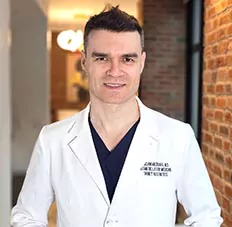
 info@skinlyaesthetics.com
info@skinlyaesthetics.com  212-774-4264
212-774-4264 



























